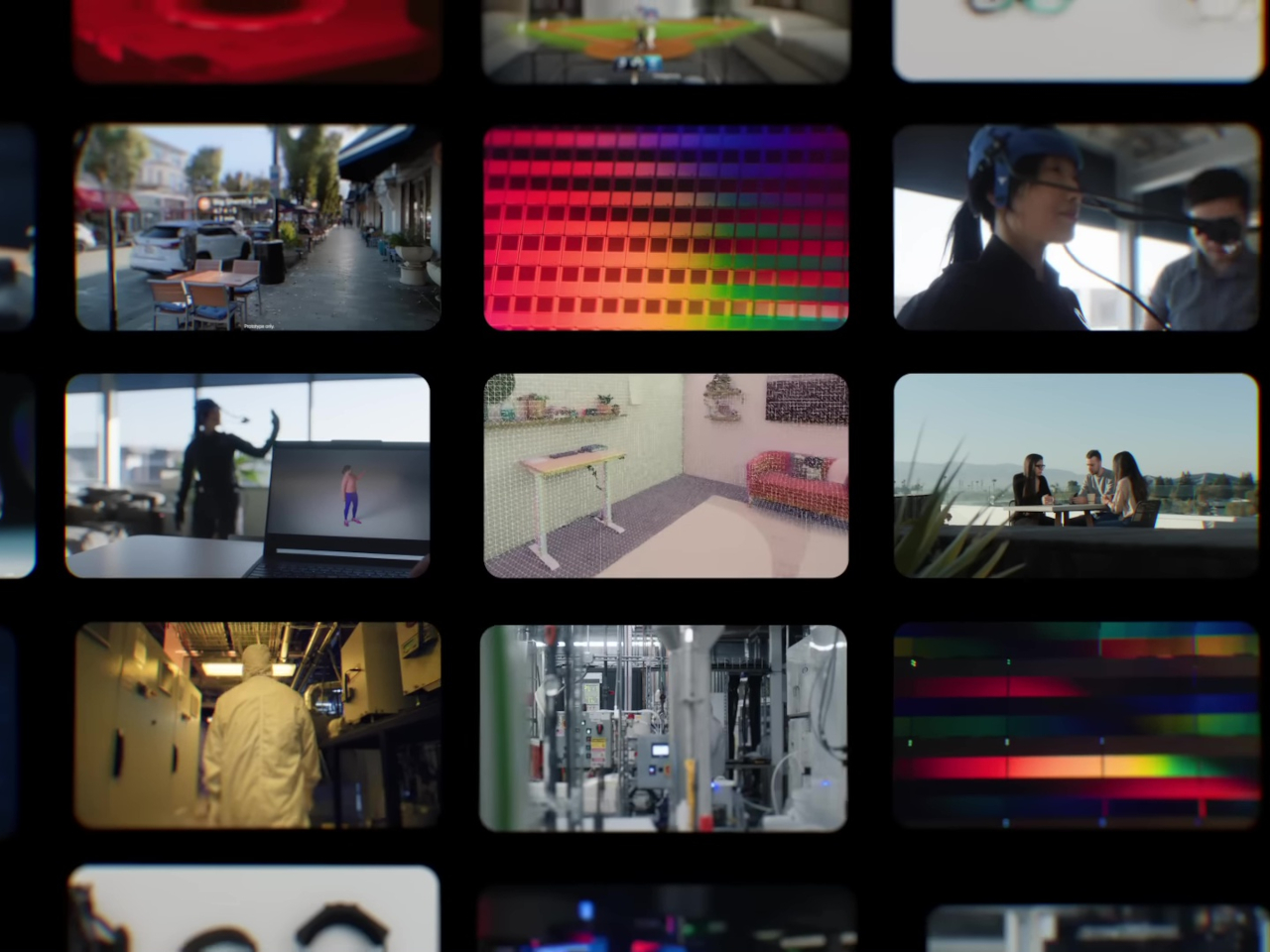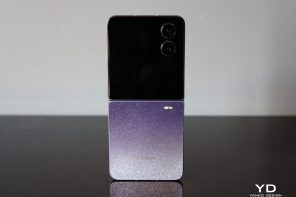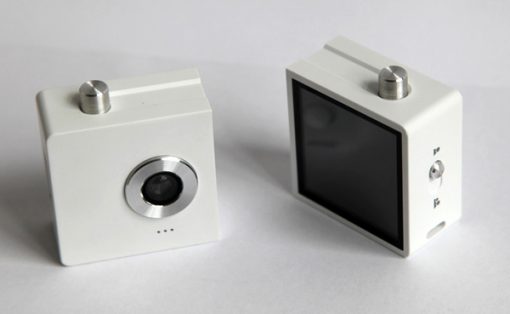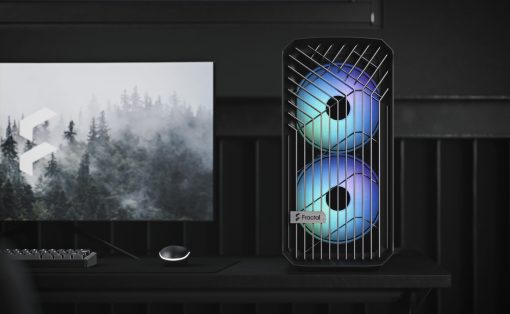Apple definitely turned heads and made believers out of doubters when it unveiled the Vision Pro and its spatial computing platform. But while the demos and first-hand experiences were nothing short of impressive, it quickly hit a snag even before it could launch to the general public. The price tag on this experience was pretty ludicrous, ensuring that visionOS would never leave the hands of an elite and lucky few.
Of course, Apple isn’t the only game in town, and while Microsoft has thrown in the towel and Meta seems to be taking its sweet time, Google has decided to take a dip into that space again. After trying and failing with the likes of Google Glasses, Daydream, and ARCore, just to name a few, it has announced a new Android XR platform to bring a Gemini-flavored eXtended reality experience to more people, with a little help from its hardware partners.
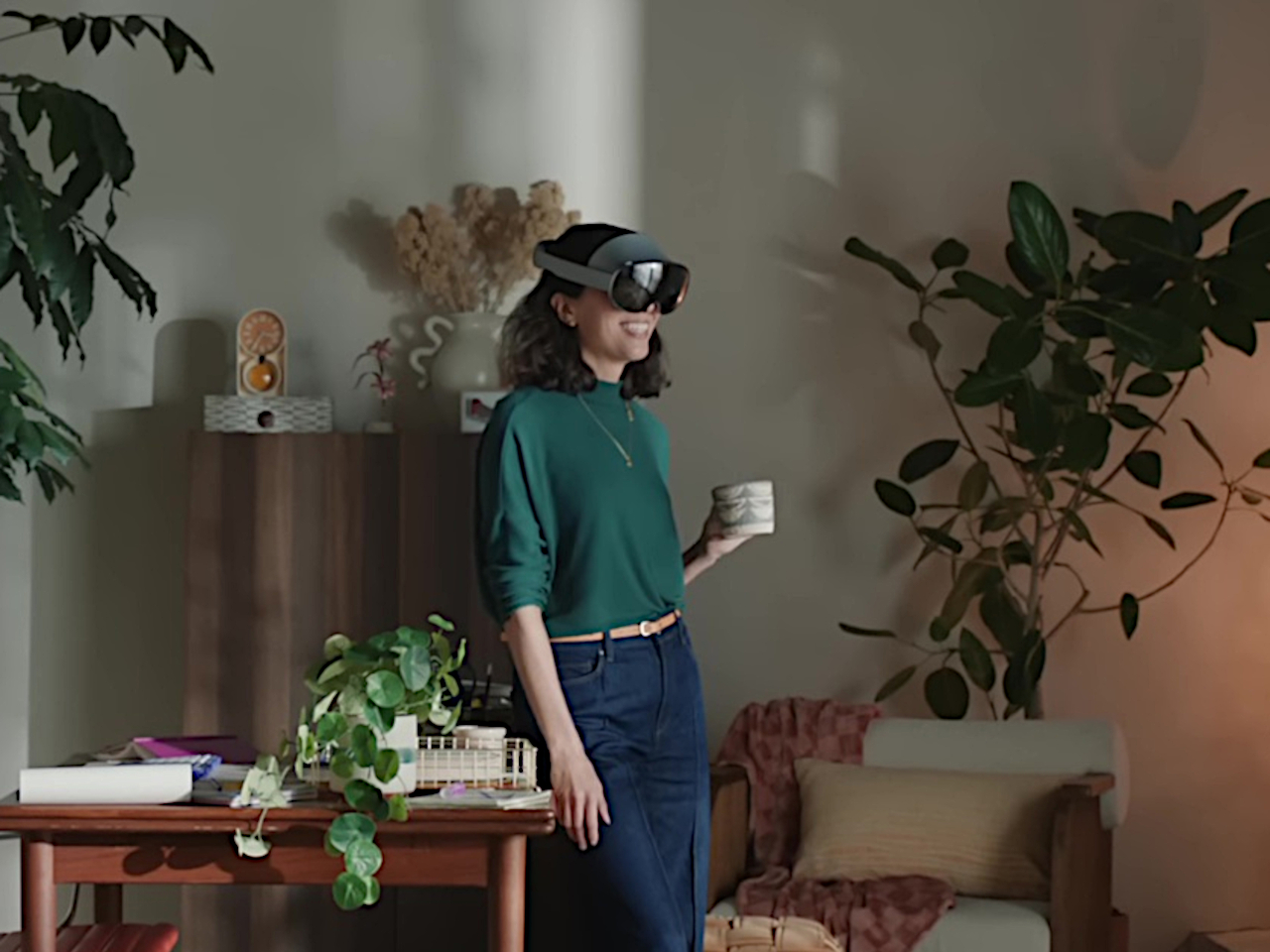

Android XR: Nth Time’s the Charm
It’s not like Google is a stranger to this kind of technology, though it has had mixed results over the years. Google Glass was an expensive privacy nightmare, Project Cardboard and Daydream went the opposite direction and prioritized affordability over quality control, and ARCore was just a blip on the radar. At the same time, Google also saw plenty of success in AR-powered apps like Google Lens, Street View, and, more recently, Gemini.


Android XR is its latest attempt to build on both failures and victories, though it seems that the formula it will be using is still the same. Namely, it is teaming up with hardware partners such as Qualcomm and Samsung, while building the software framework developers can use. As the name suggests, it its using Android as the underlying operating system, which brings both the familiarity of mobile apps as well as the limitations of a platform designed primarily for devices with screens.
Gemini AI: Screens Now Matter Less
It’s no surprise that Google is spinning this fresh new endeavor as part of its Gemini AI ecosystem. After all, it is putting AI into almost everything it owns, from Search to Gmail to Android and more. More than just a marketing stunt, however, it does partially make sense for a mixed reality platform. When your point interaction is no longer confined to a touch screen or keyboard, you’ll need something that spans almost all information available, which is Google’s vision and Gemini’s power.
Although Android XR naturally still has a visual component, it no longer locks you down to staring at a flat rectangular plane. You still have rectangular windows floating in front of you, a necessary evil from our computer-centric apps, but everything else is fair game. Gemini can see the world that you see and is smart enough to know what you’re looking at and infer what you mean. Of course, it can also converse with you naturally, giving you that much-coveted Iron Man experience.
Samsung Project Moohan: Taking a Bite out of Apple
Android XR won’t be as convincing without the right hardware, though. While developers will use a regular desktop or laptop to develop apps and experiences on a flat screen, you can only truly enjoy this eXtended reality when wearing a headset. Android XR is designed to run not only on those powerful visors but even on more discreet glasses, though the latter has yet to be revealed. At the moment, the only hardware demonstrated to work with comes from Samsung, one of Google’s strongest Android partner.
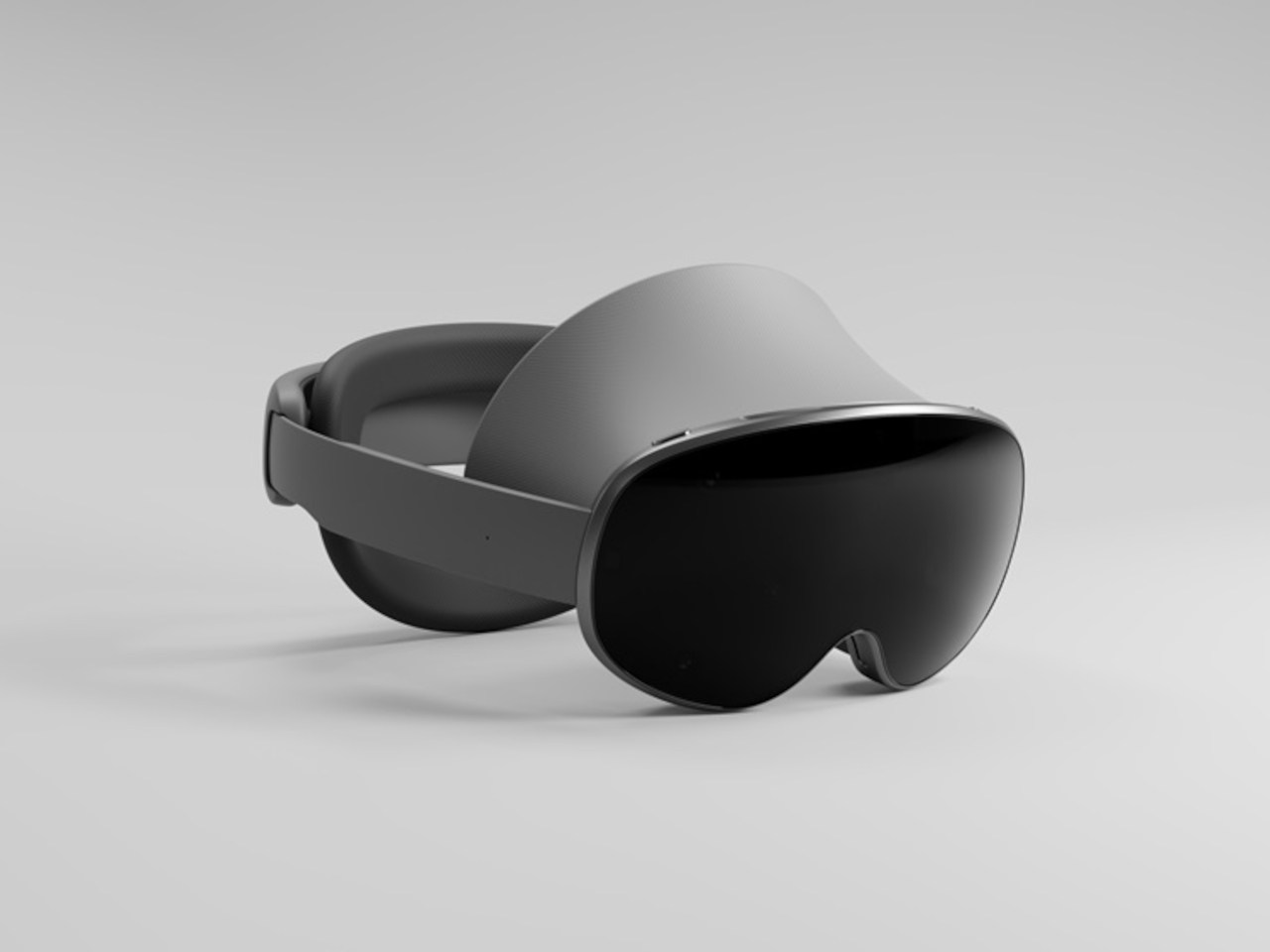
Just like Google, Samsung is familiar with this VR and AR space, from its phone-driven Gear VR to the Windows Mixed Reality HMD Odyssey. Project Moohan, a Korean word that means “infinity,” definitely looks like a clear stab at the Vision Pro but with one potential and critical difference. Although it could be priced competitively, it’s unlikely that Samsung or Google will dare to put such an exorbitant price tag for an experimental product, especially after Google Glass.
The “Pro” in Apple Vision
In essence, Android XR is trying to bring a spatial computing or mixed reality experience that leverages apps and technologies that people are already familiar with, especially now that they’re getting a taste of what Gemini AI can do. Unlike Apple visionOS which only has the Vision Pro as its solitary device, Google is opening up the platform to a variety of vendors and designs, potentially making it more accessible to a wider audience.


That said, if the live demo of Android XR is any indication, Google and partners are again laser-focused on the technical merits of the platform. In contrast, Apple has always championed the human side of the equation, going as far as meticulously ensuring virtual shadows on window corners are as accurate as their real-world counterparts. It is, of course, too early to say which eXtended reality experience will emerge victorious, but Apple should probably take note that it’s biggest rival is now gunning for its crown in a very big way.
